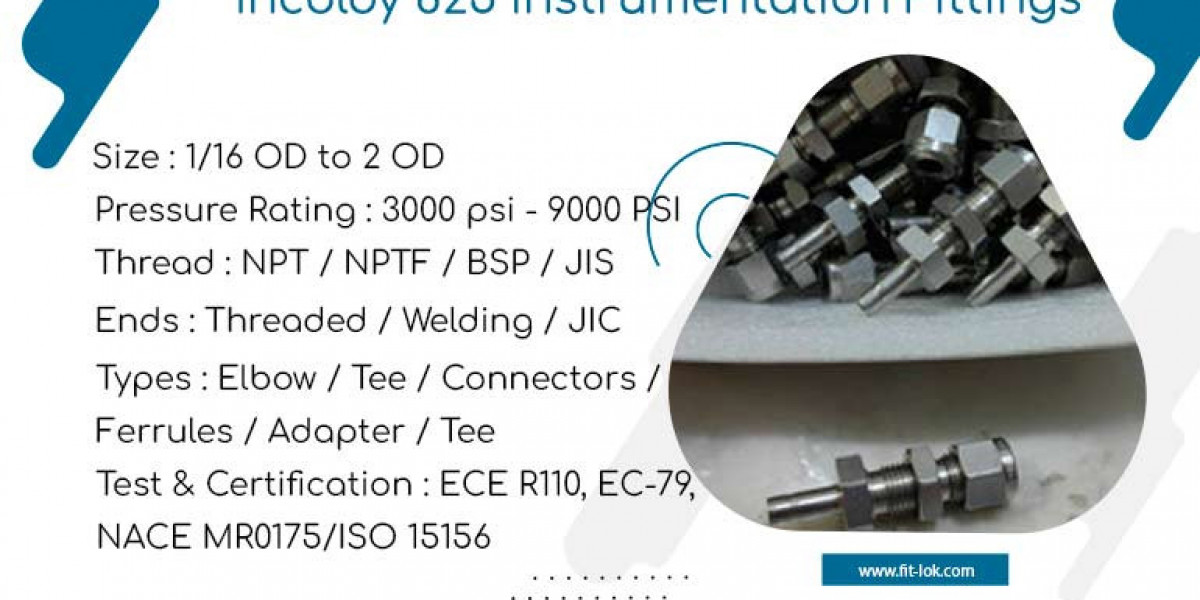Manufacturing Process of Incoloy 825 Instrumentation Fittings
Incoloy 825 is a nickel-iron-chromium alloy known for its exceptional corrosion resistance in extreme environments. It is widely used in instrumentation fittings for applications in chemical processing, marine engineering, and nuclear industries. The manufacturing process of Incoloy 825 instrumentation fittings involves several crucial steps to ensure superior quality and durability.
1. Raw Material Selection and Inspection
The process begins with the selection of high-quality Incoloy 825 raw material, usually in the form of bars or tubes. The material is inspected for chemical composition and mechanical properties to ensure compliance with ASTM, ASME, and other international standards.
2. Cutting and Forming
Once the raw material is approved, it is cut into required lengths using precision cutting techniques such as sawing, shearing, or CNC cutting. The cut pieces are then subjected to various forming processes like extrusion, forging, or machining to achieve the desired shape and size of the fittings.
3. Heat Treatment
To enhance the mechanical properties and corrosion resistance, the formed fittings undergo heat treatment, typically solution annealing. This process involves heating the fittings to a specific temperature (around 980-1050°C) and then rapidly cooling them in water or air to relieve internal stresses and improve the material's metallurgical structure.
4. Machining and Threading
After heat treatment, precision machining is performed using CNC machines to achieve the final dimensions and tolerances. If the fittings require threading, specialized threading machines are used to create precise and leak-proof connections.
5. Surface Finishing
Surface finishing operations such as pickling, passivation, and electro-polishing are performed to remove oxides, scale, and contaminants, ensuring a smooth and corrosion-resistant surface.
6. Quality Inspection and Testing
Every fitting undergoes rigorous quality control checks, including:
Dimensional Inspection: Ensuring accuracy in size and shape.
Mechanical Testing: Checking tensile strength, hardness, and impact resistance.
Non-Destructive Testing (NDT): Conducting ultrasonic testing, dye penetrant testing, and hydrostatic testing to detect any defects or leaks.
Corrosion Resistance Testing: Verifying the material's performance in aggressive environments.
7. Marking and Packaging
Once the fittings pass all quality tests, they are marked with essential details such as grade, size, and standard compliance. The final step involves secure packaging using wooden crates, plastic caps, or protective wraps to prevent damage during transportation.










